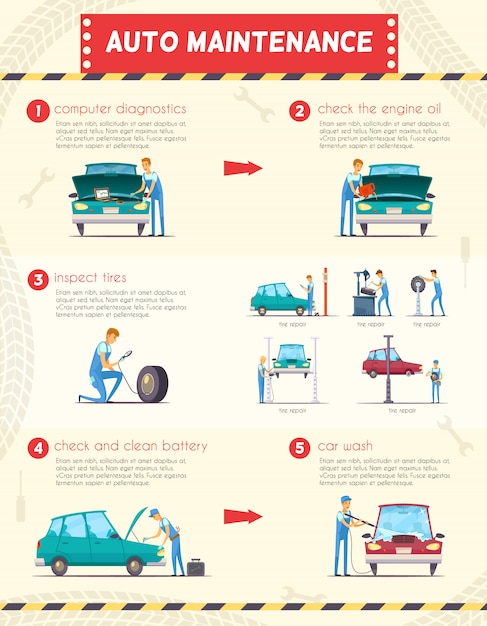Comprehending The Significance Behind Your Car'S Warning Lighting: An Extensive Look
Comprehending The Significance Behind Your Car'S Warning Lighting: An Extensive Look
Blog Article
Material By-Lim Alvarado
When you lag the wheel, those beautiful caution lights on your control panel can be a bit complicated. Do you know what they're trying to tell you regarding your car's health and wellness? Comprehending the significance of these lights is crucial for your security and the durability of your car. So, the next time among those lights turns up, would not you intend to understand its message precisely and take the needed steps to address it?
Common Warning Lights and Interpretations
Identify typical caution lights in your vehicle and recognize their meanings to make sure safe driving.
One of the most regular warning lights consist of the check engine light, which indicates problems with the engine or emissions system. If this light comes on, it's critical to have your automobile checked quickly.
The oil pressure alerting light suggests reduced oil stress, calling for prompt attention to stop engine damages.
A blinking battery light might recommend a malfunctioning billing system, potentially leaving you stranded if not addressed.
The tire pressure surveillance system (TPMS) light notifies you to low tire stress, impacting vehicle security and fuel efficiency. Disregarding this can result in harmful driving problems.
The abdominal muscle light indicates a problem with the anti-lock stopping system, endangering your capacity to stop promptly in emergency situations.
Last but not least, the coolant temperature warning light warns of engine getting too hot, which can cause serious damages if not resolved swiftly.
Understanding these common warning lights will certainly assist you address problems without delay and keep secure driving problems.
Significance of Prompt Focus
Recognizing the common warning lights in your car is just the first step; the value of quickly dealing with these warnings can not be highlighted enough to ensure your security on the road.
When a caution light illuminates on your dashboard, it's your vehicle's means of communicating a prospective issue that requires focus. Neglecting these cautions can cause extra serious issues later on, jeopardizing your security and possibly costing you more out of commission.
Prompt interest to cautioning lights can stop malfunctions and mishaps. For https://remapecumotor62849.blog4youth.com/30833217/fascinated-by-common-myths-concerning-auto-detailing-uncover-the-reality-behind-these-false-impressions-and-find-out-why-expert-outlining-is-helpful-for-all-lorry-owners , a flashing check engine light might indicate a misfire that, if left ignored, could create damage to the catalytic converter. Addressing this immediately can conserve you from a pricey repair work.
Similarly, a brake system cautioning light might signify reduced brake liquid or used brake pads, important parts for your safety when driving.
DIY Troubleshooting Tips
If you see a caution light on your control panel, there are a few DIY repairing pointers you can try before seeking specialist aid.
The initial step is to consult your car's handbook to understand what the particular caution light shows. Often the concern can be as easy as a loosened gas cap triggering the check engine light. Tightening the gas cap might deal with the problem.
https://oilchangeservicenearme84062.blogunok.com/30507584/a-key-resource-highlighting-the-important-devices-in-every-auto-repair-service-workshop-shedding-light-on-the-techniques-for-reliable-vehicle-care is a reduced battery, which can set off various alerting lights. Examining the battery links for deterioration and guaranteeing they're secure might repair the issue.
If a warning light lingers, you can attempt resetting it by disconnecting the auto's battery for a couple of mins and then reconnecting it. Furthermore, examining your car's fluid levels, such as oil, coolant, and brake fluid, can assist repair warning lights connected to these systems.
Conclusion
Finally, recognizing your vehicle's caution lights is crucial for maintaining your vehicle running smoothly and safely. By immediately dealing with these notifies and knowing what they suggest, you can prevent pricey repair work and possible breakdowns.
Remember to consult https://www.blackstarnews.com/ny-watch/business/woman-owned-auto-repair-shop-specializes-services-for-women.html for certain details on each cautioning light and act accordingly to make sure a hassle-free driving experience.
Keep educated, stay safe when driving!
